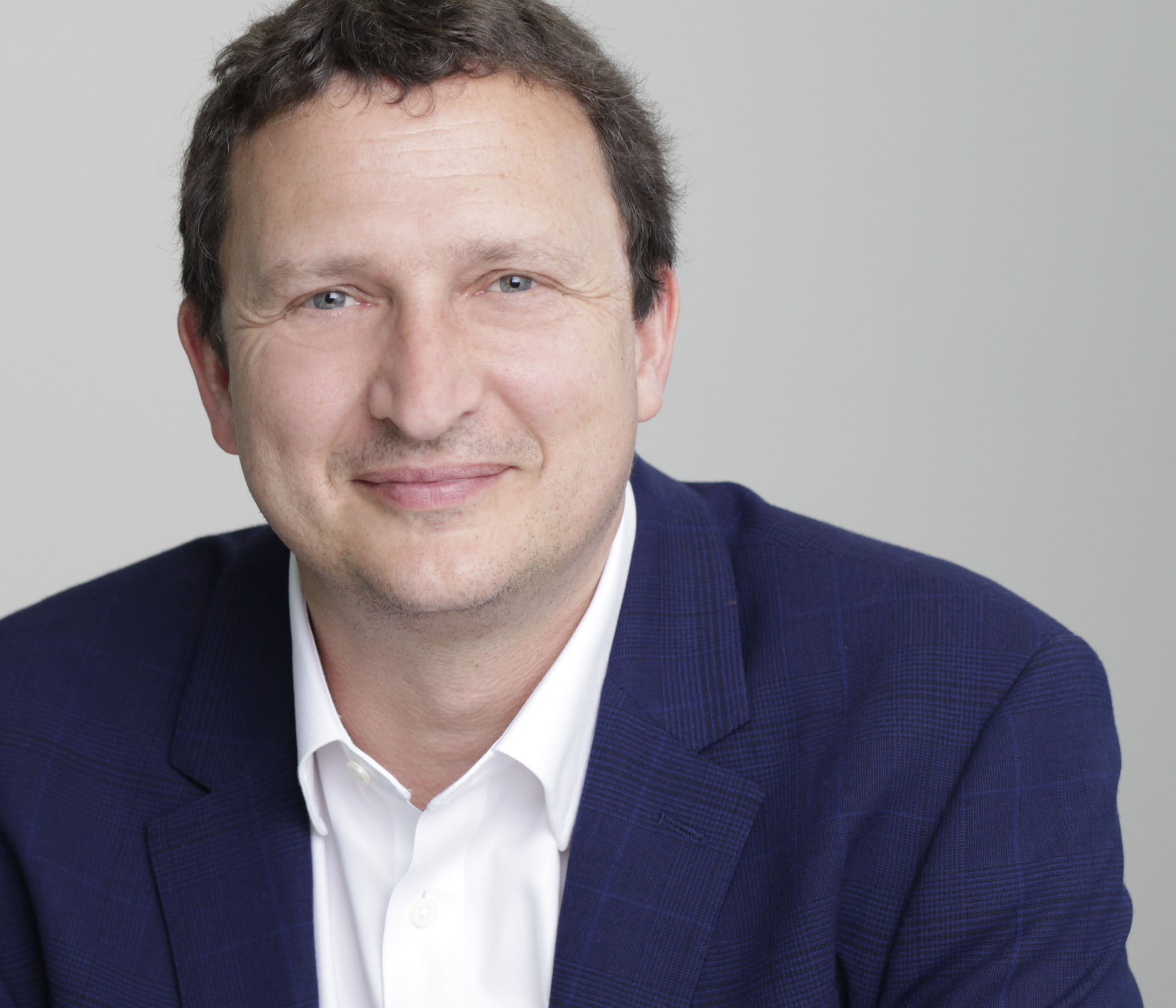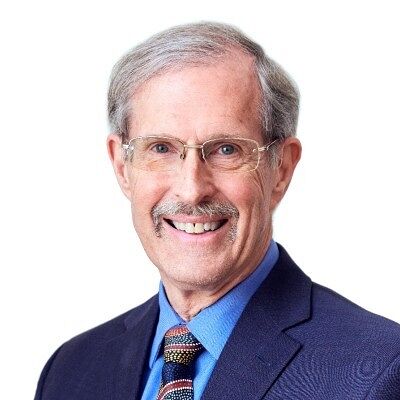Remote work not remote control
By Leon Gettler, Talking Business >>
REMOTE WORK is one of the great challenges for businesses everywhere. But more often than not, business owners say entry level and Gen Z workers aren’t being productive when their working productively.
Why is this?
Tim Currie, the CEO of NOVA and veteran of the high-tech sector, said a lot of this comes down to different expectations of younger employees entering the workforce for the first time.
“Like anyone who works remotely, they enjoy the autonomy and the flexibility – but young workers, entry level workers, young workers that are just beginning their career path, they still want all the things that people experienced when they were in their 20s, or early career days,” Dr Currie told Talking Business. 
“They want mentorship, they want interpersonal relationships, they want to feel belonging and identity with something, and they also want to see a career path for themselves through what they do all day.
“And in some cases, remote work and the work given to them remotely isn’t meeting those needs.
“The difference with workers that are a little bit older and established in their career, both in their personal and social life, as well as their work life, they’re more secure, more established.
“They don’t need as much infrastructure and scaffolding as maybe a younger worker would need.”
Younger workers need more personal interaction
Dr Currie said research showed younger workers needed more personal interaction and ‘face time’ to understand the dynamism of the office, the sharing of ideas, and exposure to social norma and the way things work.
“If we’re focusing on young workers and entry level workers, there are some things that cannot be done remotely, at least to the same level and effectiveness as they had been done in the past,” Dr Currie said.
“You can do tasks remotely, you can achieve collective goals remotely, but for some workers getting mentorship, building a network of interpersonal relationships … all the relationships that were developed because you had proximity.
“Face to face interactions are absolutely paramount. I wouldn’t say it’s almost impossible but it’s incredibly difficult and it’s incredibly uncharted waters to give a younger employee, an entry level employee an enriching experience, an enriching career path, where they can see how people interact, they can see what norms are reinforced,” Dr Currie said.
“What does it mean to have an organisational culture? It’s what you see, hear and experience when you interact with peers, with management, and leadership, when you observe others.
“Observational learning doesn’t happen when you’re on a Zoom with your camera off eight hours a day.”.
Return to office regimes also 'need work'
Dr Currie said this went to the big problem of companies bringing in “return to office” regimes.
He said they were often failing to do their organisational design properly when they bring in those rules.
“There is nothing worse than commuting an hour or an hour and a half to an office where you have to zoom with someone who is working in another office, or working from home,” Dr Currie said.
“It’s the worst of both worlds. You have the commute without any of the satisfaction of any of the fulfilment of the scaffolding that comes when you work in an office.” 
Hear the complete interview and catch up with other topical business news on Leon Gettler’s Talking Business podcast, released every Friday at www.acast.com/talkingbusiness
https://shows.acast.com/talkingbusiness/episodes/talking-business-34-interview-with-dr-tim-currie-from-nova
ends

 How to resolve AdBlock issue?
How to resolve AdBlock issue? 




